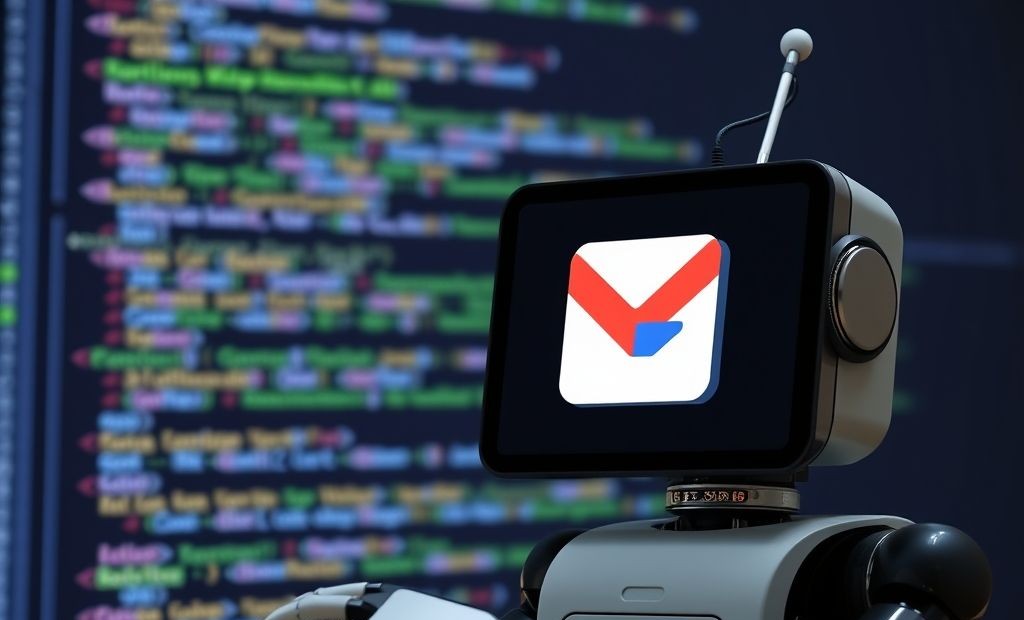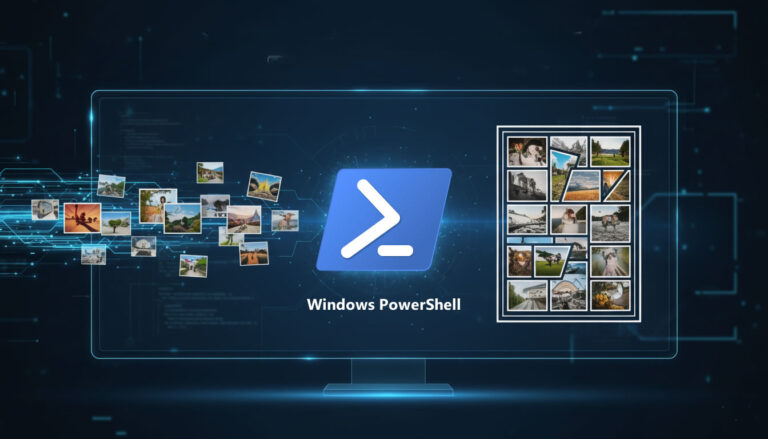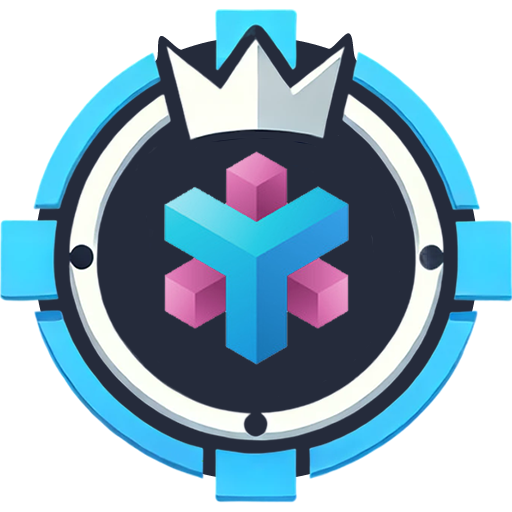Google Explores Opal: A New Vibe-Coding App

Google Explores Opal: A New Vibe-Coding App Google recently began testing Opal, an experimental vibe coding app that helps users build mini web apps using...
⏱️ Estimated reading time: 4 min
Latest News
Google Explores Opal: A New Vibe-Coding App
Google recently began testing Opal, an experimental vibe coding app that helps users build mini web apps using plain language prompts and a visual workflow editor. Now live in a US only beta via Google Labs, Opal automatically converts natural‑language descriptions into interactive, multi‑step application flows. Users can easily adjust or remix each step using a visual interface no code required. Moreover, this launch positions Google alongside rivals like Cursor, Replit, Amazon’s Kiro, and Microsoft‑backed tools financialexpress.com
What is Opal?
Google is piloting Opal, an experimental vibe coding app that gives developers new ways to sense and steer the energy or vibe of their code. Unlike conventional tools, Opal aims to bring emotional and contextual awareness into development workflows. While official details remain limited, early hints suggest it could help users build code that reflects both logic and sentiment.
Moreover, Opal signals Google’s deeper commitment to vibe coding the practice of programming through natural language prompts rather than manual syntax. This marks a shift toward more intuitive, expressive software creation.
What Is Vibe Coding?
Vibe coding enables developers or even non developers to describe app functionality in plain English. Then, AI tools like Gemini Code Assist use those prompts to generate and refine code. Instead of typing each line, you say what you want; AI handles the rest. This allows rapid prototyping and iteration, saving time and reducing technical barriers .
In fact, Andrej Karpathy, ex-OpenAI engineer, popularized the term, calling it forget that the code even exists coding. As he explained, describing your vision is all that’s needed; AI translates it into working software .

How Opal Fits into Google’s AI Ecosystem
Announced on July 24, 2025, in Google’s developer blog, Opal is now available as a US only public beta via Google Labs. It uses a visual workflow editor, transforming text prompts into multi-step app flows without writing a single line of code .
Earlier at Google I/O 2025, Google unveiled other vibe coding experiments like Stitch which generates UI designs from prompts and Jules, an agent that automates backend coding tasks. These tools work alongside Gemini Code Assist, which supports developers within IDEs. Together, they signal Google’s ambition to transform coding with AI driven, prompt based workflows .
Why Vibe Coding Matters Especially Opal
- Democratizes software creation: Vibe coding lowers the barrier so even non-technical users can build apps with clear prompts .
- Speeds up prototyping: Developers can quickly craft app flows and iterate based on feedback, not manual typing.
- Focuses on intent over syntax: You shape logic, AI handles the implementation details.
- Encourages iterative refinement: Prompt, review, refine it’s a conversational journey between human and AI .
Potential Challenges and Limitations
- Code reliability issues: Users of platforms like bolt.new and lovable.dev report frustrating loops of broken or buggy code. Sometimes manually coding becomes necessary to fix persistent AI output errors .
- Cost concerns: AI coding can be expensive in pay per query or token-based pricing systems, especially when iterations spawn more prompts.
- Limited control for complex projects: For large, custom systems or specific architectural needs, traditional coding still offers better flexibility and precision.
What Does Opal Suggest for the Future?
Opal’s early testing phase hints at deeper innovation from Google. It shows a future where code isn’t just functional it’s context-aware, expressive, even emotionally intelligent. That said, Google has not yet revealed Opal’s full use cases or a release timeline.
As always, developers should balance excitement with caution. AI-generated code still needs review. Yet, as prompt engineering skills become more vital, tools like Opal may empower more people to build applications with ease and creativity.
- Enhanced Code Clarity: By identifying the overall vibe developers might gain better insights into code maintainability.
- Improved Collaboration: Teams could use vibe coding to ensure consistent style and intent across projects.
- New AI Integration: The app could leverage AI to analyze and suggest improvements based on the code’s emotional context.
Current Status
Google continues testing Opal, a vibe coding app that gives developers emotional or contextual insight into their code flow. However, it remains in a limited beta. Google has not disclosed its full purpose or launch timeline yet. Instead, the project hints at deeper experimentation with mood‑aware coding tools. Meanwhile, interest in innovative programming methodologies continues to grow. Stay tuned via Google AI Experiments for updates as they emerge.
Related Posts

Automate the Workflow with PowerShell Create Image Collages in Seconds
Do you really know you can use PowerShell to manage your graphic design workflow? Most...
December 9, 2025

Adobe Acquires Semrush in $1.9B SEO Power Play
Adobe to Acquire Semrush for $1.9 Billion Adobe announced its agreement to acquire the search...
December 1, 2025

Kiki Startup Fined $152K for NYC Rental Violations
Subletting Startup Kiki Faces Consequences in NYC Auckland-founded Kiki Club, a peer-to-peer subletting startup, launched...
November 30, 2025











Leave a Reply